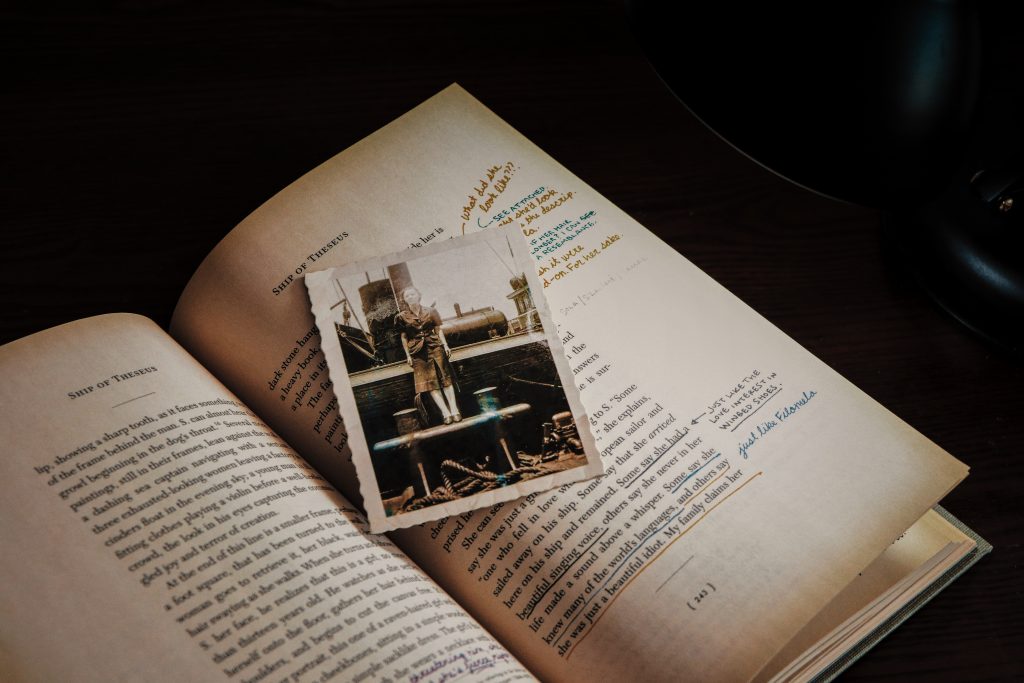Guest Posting from The Genealogy Insider:
Every genealogist will tell you that documentation is vital in creating your family tree. Without it, there is no verification of the facts.
I make sure to include copies of records for every event in my ancestor’s life. If I cannot get the actual document, I will add a citation to the timeline. Information that you would want to include would be 1.) who supplied the information and 2.) where it came from, i.e., a family bible, birth certificate, another website.
As I was researching my Wakenight family tree, I found that there is a family bible in existence. Sharon Strow has a website entitled Descendants of Daniel Wakenight. It is on RootsWeb.com, which is part of Ancestry.com. She noted that Daniel’s grandson, Sylvester, had brought it back from Nebraska. It was then passed down to Sylvester’s son, Lloyd, and then to grandson, James.
I am currently in contact with James’ daughter to see if we can get the bible entries scanned onto the computer. If we can do that, I can add these documents to my family tree. But, until I get the actual records, I have merely noted that the family bible does exist.
I will also include “oral family history” in my family tree. This type of record is the information passed down from family members. Even though there is no actual documentation of the event, you can still create a citation for it. I include a description of what occurred, the date of the occurrence, and who supplied me with the information.
Oral history is an essential part of your family tree. It gives details about an ancestor’s life that might not otherwise be known. Oral history is not family gossip. Unless you have several relatives that can vouch that the event occurred, do not use it. Make sure the information is trustworthy enough to put in your family tree. Remember, you may want others to view your family tree in the future.
Another useful source of documentation is other family trees. Many times, you will find scanned records and photos that you can add to your ancestor’s timeline. They are helpful as they may contain information that you missed in your initial search.
One word of caution, though. Some family trees do not verify the information that they use. If the family tree looks confusing or has incorrect dates, I would disregard it. I have viewed some that have their ancestor born in 1750 but died in 1698. Huh? That is something to look out for, as they did not verify the data.
Remember, you want your family tree to be as factual as possible. Telling the story of your family heritage is what it is all about. You will be able to publish your family tree so other family members can view it. Be proud that it is a real testament to your ancestor’s life!
I hope this article has given you some ideas for creating an authentic family tree. If you have any suggestions that you would like to add, please use the Comments Section on this page. I would love to hear from you.
Photo by Jason Wong on Unsplash.



Leave a Reply